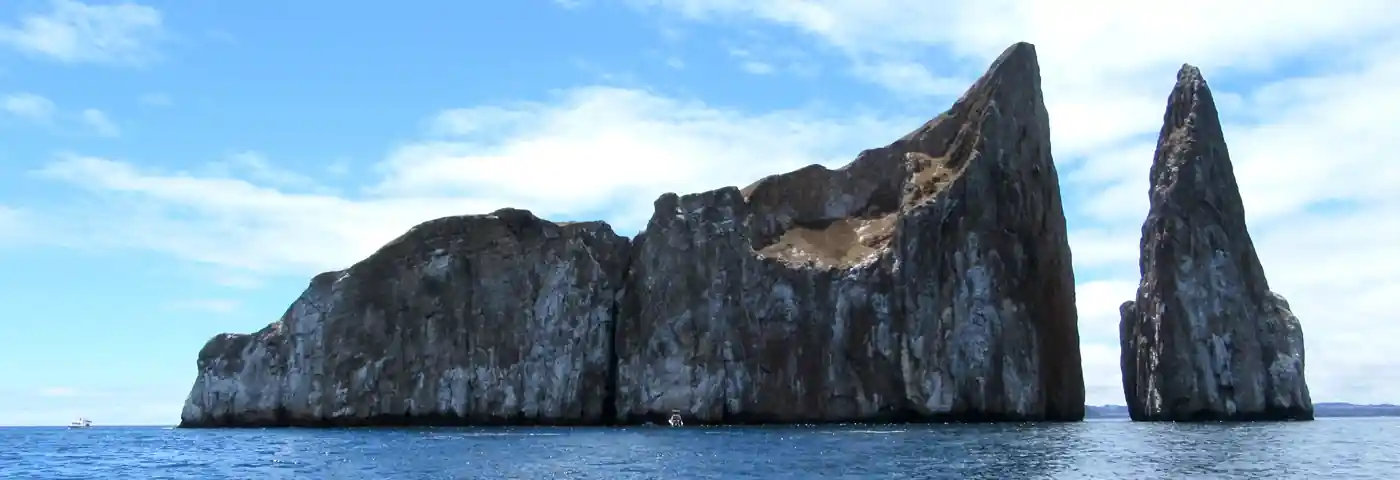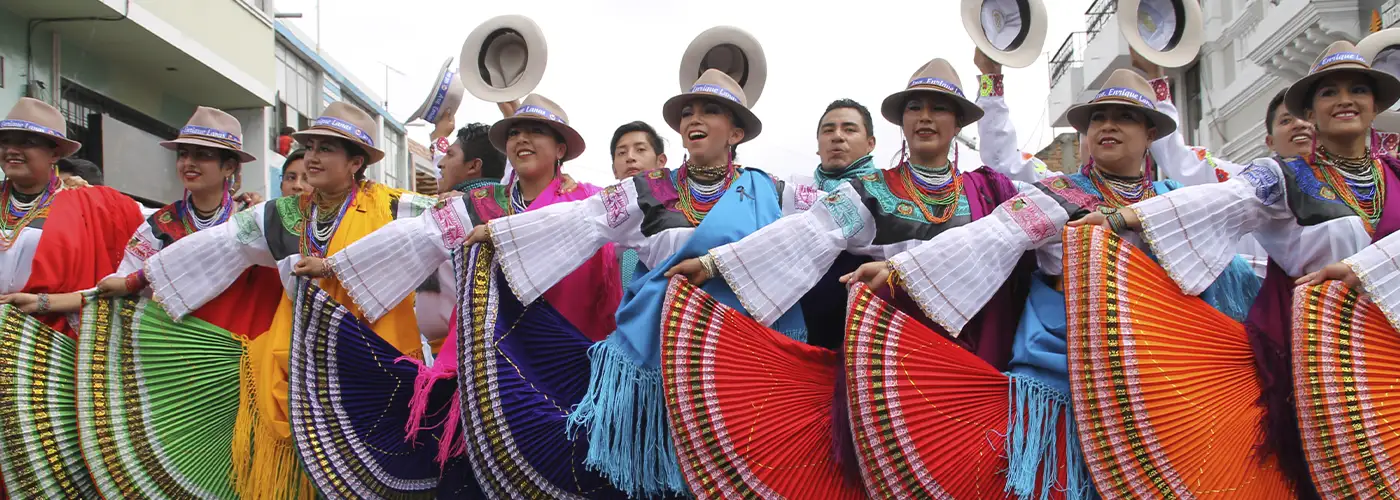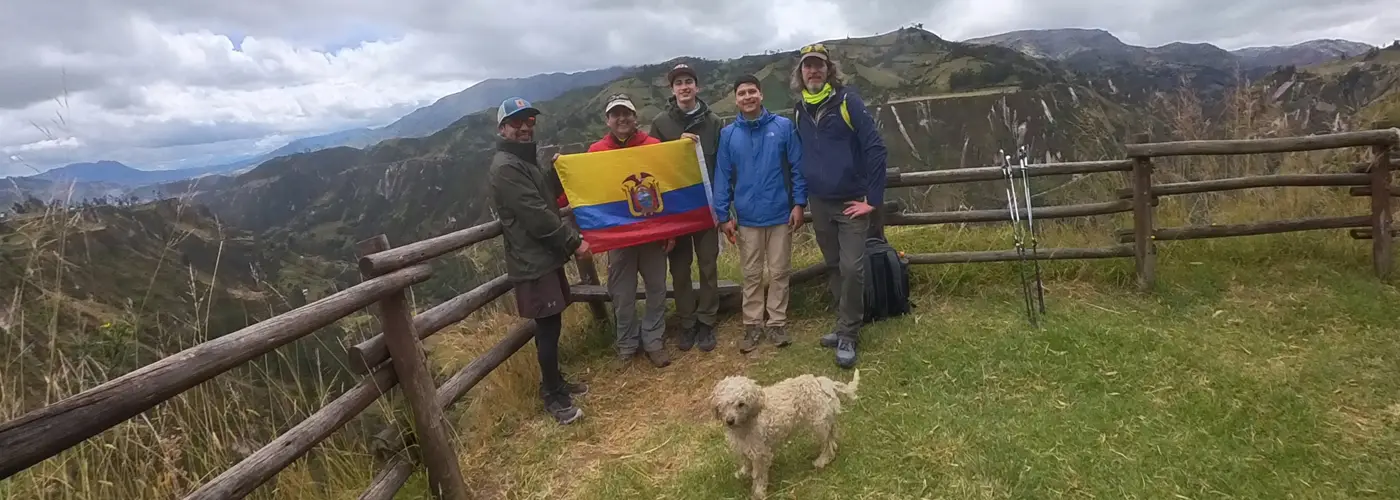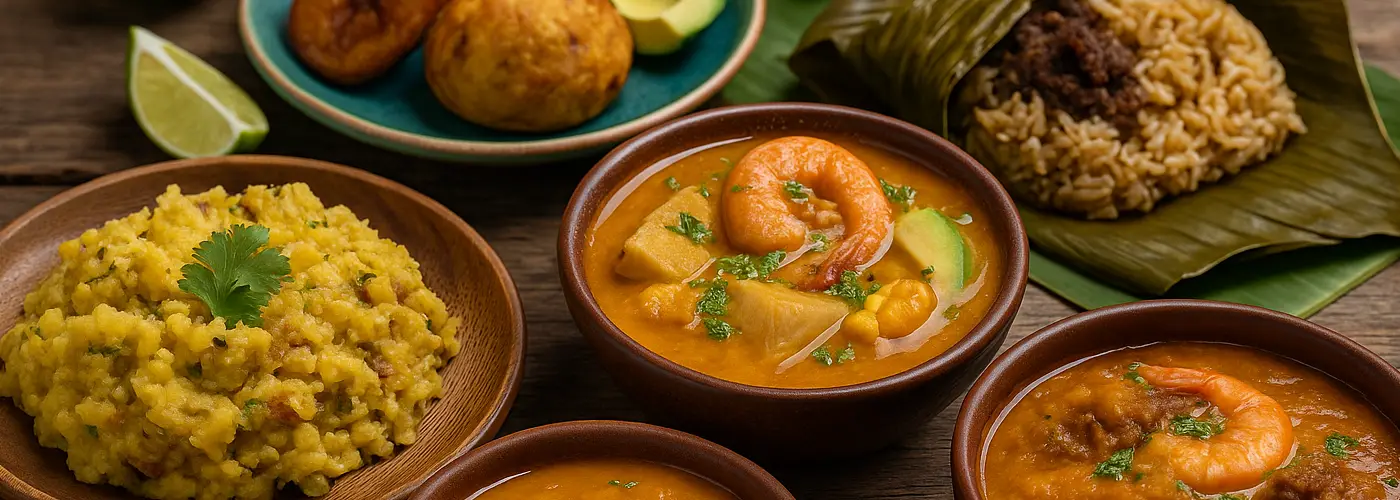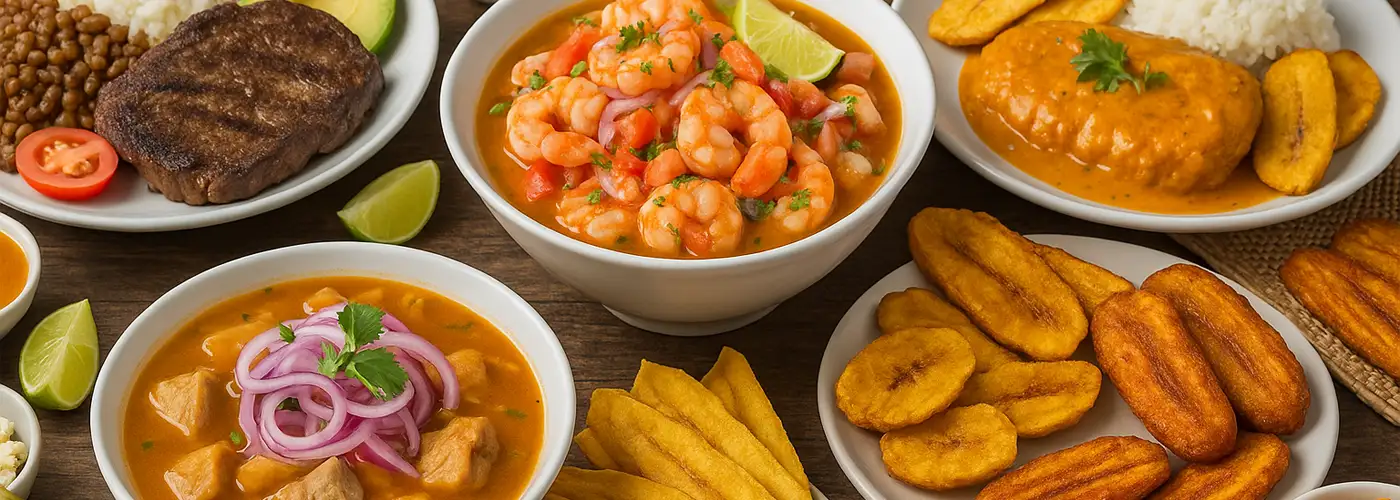
Today we leave the hustling and bustling city of Lima and take you to a magic place in the Andes.
The Sacred Valley and it´s towns
The Sacred Valley of the Incas, known as “Valle Sagrado”, is nestled in the majestic Andes of Peru and stretches between the towns of Pisac and Ollantaytambo. In today’s blog, you can find out why this valley was so important to the Incas and why it is still absolutely worth a visit.
What is special about the Sacred Valley
The Sacred Valley is considered one of the most important agricultural centers of the Inca period. The Río Urubamba flows through the valley and its water irrigates the fertile soil, creating the basis for a rich harvest. However, the Sacred Valley was a center for the cultivation of grain, fruit and vegetables, and also a place for animal husbandry. The valley was not only important because of its fertile soil, but was also revered as a sacred place. It was considered a symbol of life and fertility, as it supported the nutrition of the entire Inca empire. The valley is also home to a diverse fauna. Foxes, deer and hummingbirds, among others, live here, adding to the ecological balance of this unique region. Today, as it was in the past, the Sacred Valley is a place where nature, culture and history merge in an impressive way. Over the course of time, several small villages have formed during the Inca’s use of the valley, which used to have agricultural, religious and administrative functions.
Pisac
One of the most famous towns in the Sacred Valley is Pisac. Just a few kilometers away is an important archaeological site that includes the remains of an Inca citadel, impressive towers and astronomical observatories. They bear witness to the outstanding architecture and the close connection of the Incas to nature and the celestial bodies. Pisac is particularly lively on market days, which take place on Tuesdays, Thursdays and Sundays. The market offers a colorful variety of food, handmade products such as ponchos, bags, ceramics and jewelry as well as the traditional Inca corn beer chicha. The market is made particularly authentic by the fact that the women selling their goods wear their colorful traditional costumes, which are an important part of the regional identity.
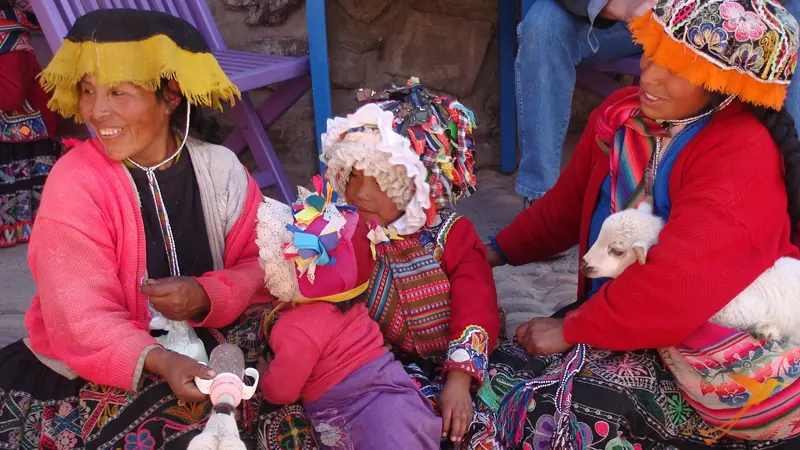
Urubamba
Urubamba, the largest town in the valley, is a paradise for adventure sports enthusiasts. Climbing, canoeing and mountain biking are just some of the activities available here. There are also numerous archaeological sites that reflect the rich history of the region.
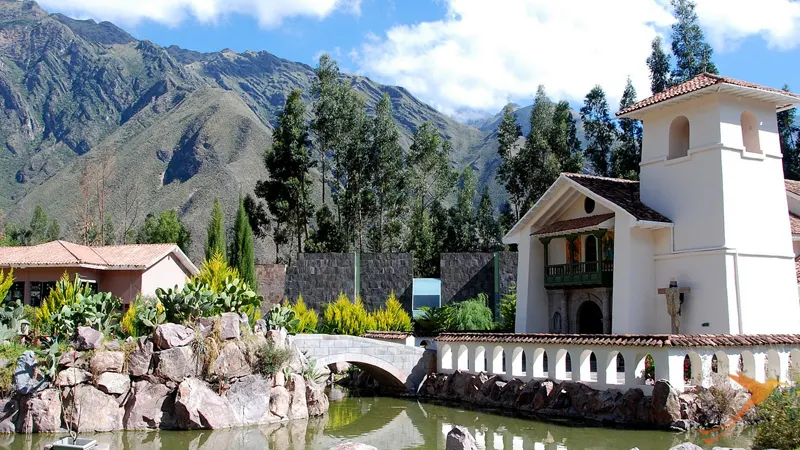
Calca
Another highlight of the valley is the town of Calca. It is known for its thermal baths, such as the sulphureous springs of Machacancha, which are prized for their supposed healing properties, and the hot springs of Minas Moqo, which are located right by the river. From Calca you can also visit Huchuy Qosqo, a less touristy but fascinating archaeological site with spectacular views over the valley. Huchuy Qosqo is less visited than many of the other archaeological sites because it is only accessible on foot and not because it is less worth seeing.
Chinchero
History and tradition come together in Chinchero. This village impresses with archaeological sites, a colonial church and a Sunday market where, in addition to “normal” payments, bartering, which was widespread at the time, is also possible. The inhabitants mainly speak Quechua, the language of the Incas, and are known for producing high-quality textiles using traditional techniques.
Maras
In my opinion, Maras is an absolute must for anyone visiting the Sacred Valley. It is home to the famous salt mines with over 5,000 pools where pink salt is extracted. This salt is known worldwide and is still “harvested” using traditional methods. Every month, 150 kilograms of salt can be extracted from each basin, meaning that 9 billion kilograms of salt are extracted from this place every year.
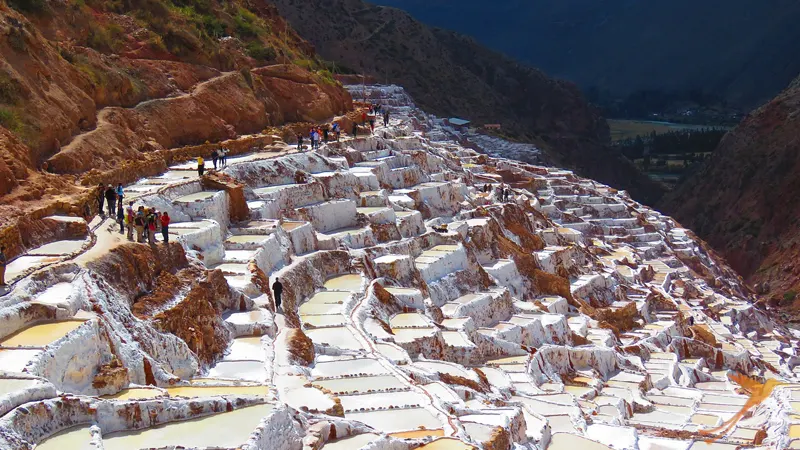
Moray
The agricultural innovation of the Incas is evident in Moray. The circular terraces in an artificially created crater were regarded as the Inca’s agricultural research center and were used to simulate different climate zones. This enabled the Incas to find out which plants grew best at which altitude and to expand their agricultural knowledge.
Yucay
Yucay is another jewel of the valley. King Sayri Túpac had a magnificent palace built here, whose artistic reliefs on the walls still amaze visitors today.
Ollantaytambo
The westernmost city of the Sacred Valley, Ollantaytambo served as a military fortress for the Incas and played a key role in the defense against the Spanish conquerors. The well-preserved terraces, warehouses and religious sites of the fortress bear witness to the strategic importance of the city. The Temple of the Sun, one of the most impressive buildings there, demonstrates the art of Inca stone carving. For beer drinkers, I recommend a visit to the Cervecería del Valle, 10 minutes away from Ollantaytambo, which is one of the best craft beer breweries in the country and has won numerous international awards.

All the towns in the valley are connected by a well-developed road network, which is served by cabs, collectivos and buses. With various tourist tickets, visitors can explore the fascinating sights of this region and immerse themselves in the world of the Incas. The Valle Sagrado is not only a testimony to times gone by, but also a living place that combines the beauty of the Andes and the ingenuity of one of the greatest civilizations of mankind.
Do you want to discover the magic of the Sacred Valley of Peru? We will be happy to customize for you a tour to this unique place.



